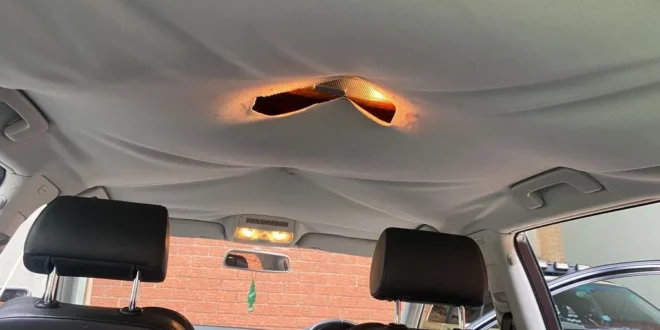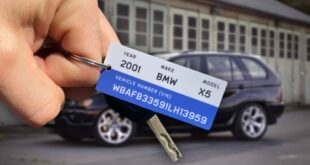We’ve all been there. One day, you’re driving your vehicle and you look up to see that the headliner, the fabric or material covering the interior ceiling of your car, has started to sag or has visible wear and tear. Maybe it’s because of age, maybe it’s from moisture, or perhaps it’s just the sheer wear and tear of daily life. Either way, it’s an eyesore and can be a distraction. The question that comes to mind is: How much does it cost to fix a car headliner?
Before checking costs, it’s essential to understand what a car headliner is. It’s the material used to cover the interior roof of the vehicle. Not only is it aesthetic, but it also acts as a sound barrier and provides insulation. It’s often made of lightweight foam and fabric, which over time can degrade, leading to sagging or separation from the roof.
Factors Affecting the Cost
Several factors determine the cost of fixing a car headliner:
Vehicle Model and Size
The type of vehicle you own plays a significant role in determining the cost. A compact car, for instance, will usually be cheaper to fix than a luxury sedan or SUV. The larger the car, the more material and labor are needed, thus higher costs.
Material Quality
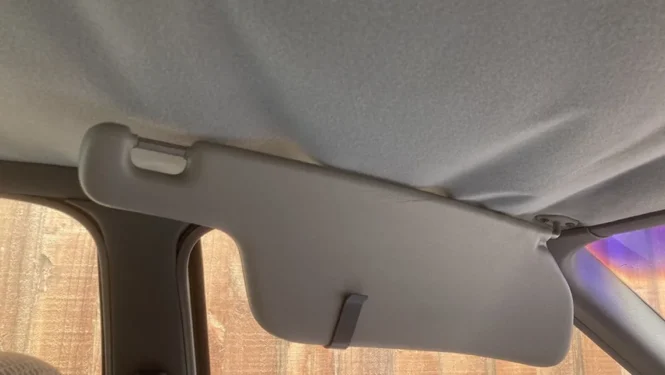
There’s a vast array of materials available for headliners, from basic fabrics to high-end suede or leather finishes. The choice of material will impact the overall cost.
Extent of Damage
A small sag or tear will cost less to repair than replacing the entire headliner. If the foam backing has degraded significantly, it will necessitate a complete replacement.
Labor Costs
Different regions and service providers have varying labor rates. Depending on where you live and whom you hire, labor can significantly influence the overall cost.
DIY vs. Professional Repair
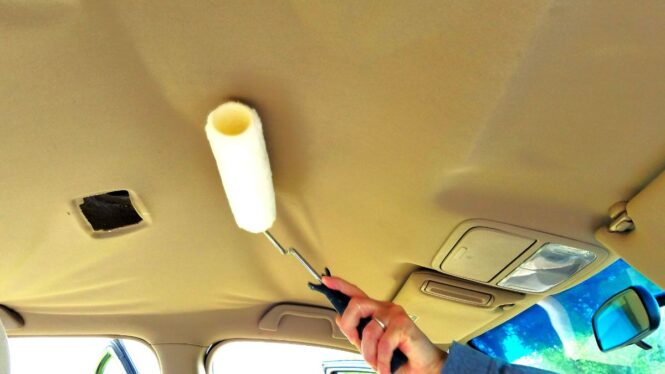
DIY Repair
Many car enthusiasts or thrifty individuals choose the DIY route. While it can be cheaper, it requires a fair amount of skill and patience. Costs in this scenario include:
- Material: You can purchase headliner fabric from auto stores or online. Depending on the quality and the size needed, prices can range from $20 to $150.
- Adhesive: A good quality adhesive that’s resistant to heat and moisture is essential. This will cost you between $10 and $20.
- Tools: Basic tools like a scraper, brush, and possibly some clamps or weights. If you don’t already own these, factor in another $10-$30.
For a DIY repair, expect to spend anywhere from $40 to $200, depending on the material’s quality and the tools required.
Professional Repair
Opting for a professional service ensures the job is done correctly and is often quicker than attempting it yourself. Here’s what you can expect:
- Labor: Professionals usually charge by the hour. Depending on the region and complexity of the job, hourly rates can range from $50 to $100.
- Materials: As with DIY, material costs vary. Some services may offer a broader range of materials or might include the material cost in their service fee. This can range from $50 to $300 or more for high-end vehicles.
For a professional repair, you’re generally looking at anywhere from $100 to $500, or more if you have a luxury vehicle or special material requests.
Benefits of Professional Repair
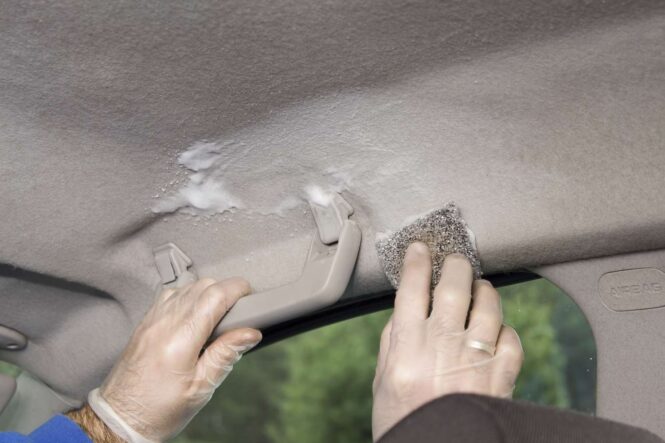
While the DIY route may seem tempting due to the potential savings, there are several benefits to choosing professional service:
- Guarantee: Most reputable shops will offer a warranty on their work.
- Expertise: Professionals have the experience and tools to ensure the headliner is fixed correctly and looks seamless.
- Time: A professional can typically complete the job much quicker than an inexperienced individual.
- Materials: Many shops have access to a broader range of materials, giving you more options.
Preventive Measures
Prevention is always better than cure. Here are a few tips to prolong the life of your headliner:
- Avoid Extreme Temperatures: Parking in the shade or using sunshades can reduce the interior temperature, reducing the chances of adhesive melting.
- Clean Regularly: Regularly cleaning the headliner can prevent dirt and oil build-up that can degrade the fabric.
- Avoid Sharp Objects: Be cautious when loading tall or sharp objects into your vehicle. Even minor scratches can lead to bigger issues down the line.
FAQs
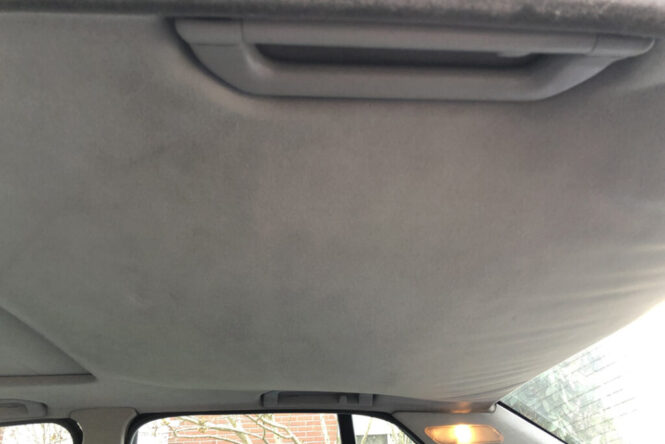
How long does it typically take for a professional to repair a car headliner?
A professional can typically repair a car headliner in a few hours. However, the exact duration depends on the extent of the damage and the vehicle’s size. If the entire headliner needs replacing, it could take the better part of a day.
Is it common for the headliner to sag after a few years, or is it indicative of a manufacturing defect?
While some wear and tear and eventual sagging are common, especially in older cars, premature sagging in relatively new vehicles might indicate a manufacturing defect or exposure to extreme conditions. However, most cars shouldn’t experience this issue within the first few years.
Can I use any fabric adhesive for a DIY headliner repair?
Not all fabric adhesives are suitable for headliner repair. It’s essential to use an adhesive specifically designed for automotive interiors, as these are formulated to withstand temperature fluctuations and adhere to the materials used in car interiors.
Is it possible to enhance the aesthetics of my headliner with custom designs during repair?
Absolutely! Many individuals take the opportunity of a headliner repair to upgrade to a more luxurious fabric or even integrate custom designs. If you’re interested in a custom look, discuss this with your service provider to understand the options and associated costs.
Are there any temporary fixes for a sagging headliner if I’m not ready to invest in a full repair?
Yes, some temporary fixes include using double-sided tape, pins, or even clear-headed twist pins designed for fabrics. While these are not long-term solutions, they can hold the headliner in place and prevent further sagging until you’re ready for a proper repair.
If I opt for a DIY repair and make a mistake, can a professional still fix it later?
In most cases, yes. Professionals can typically address DIY mistakes and ensure the headliner is properly installed. However, some errors might require purchasing new materials, potentially increasing the repair cost. If you’re unsure about the DIY process, consulting a professional beforehand can be a wise decision.
Conclusion
A sagging or damaged car headliner can be an eyesore and a nuisance. While the cost to fix it varies based on several factors, knowing what to expect can make the process less daunting.
Whether you choose the DIY route or opt for professional service, understanding the costs involved and the benefits of each option will ensure you make an informed decision. And remember, regular maintenance and preventive measures can save you from headliner troubles in the long run. Safe driving!
 Imagup General Magazine 2025
Imagup General Magazine 2025
